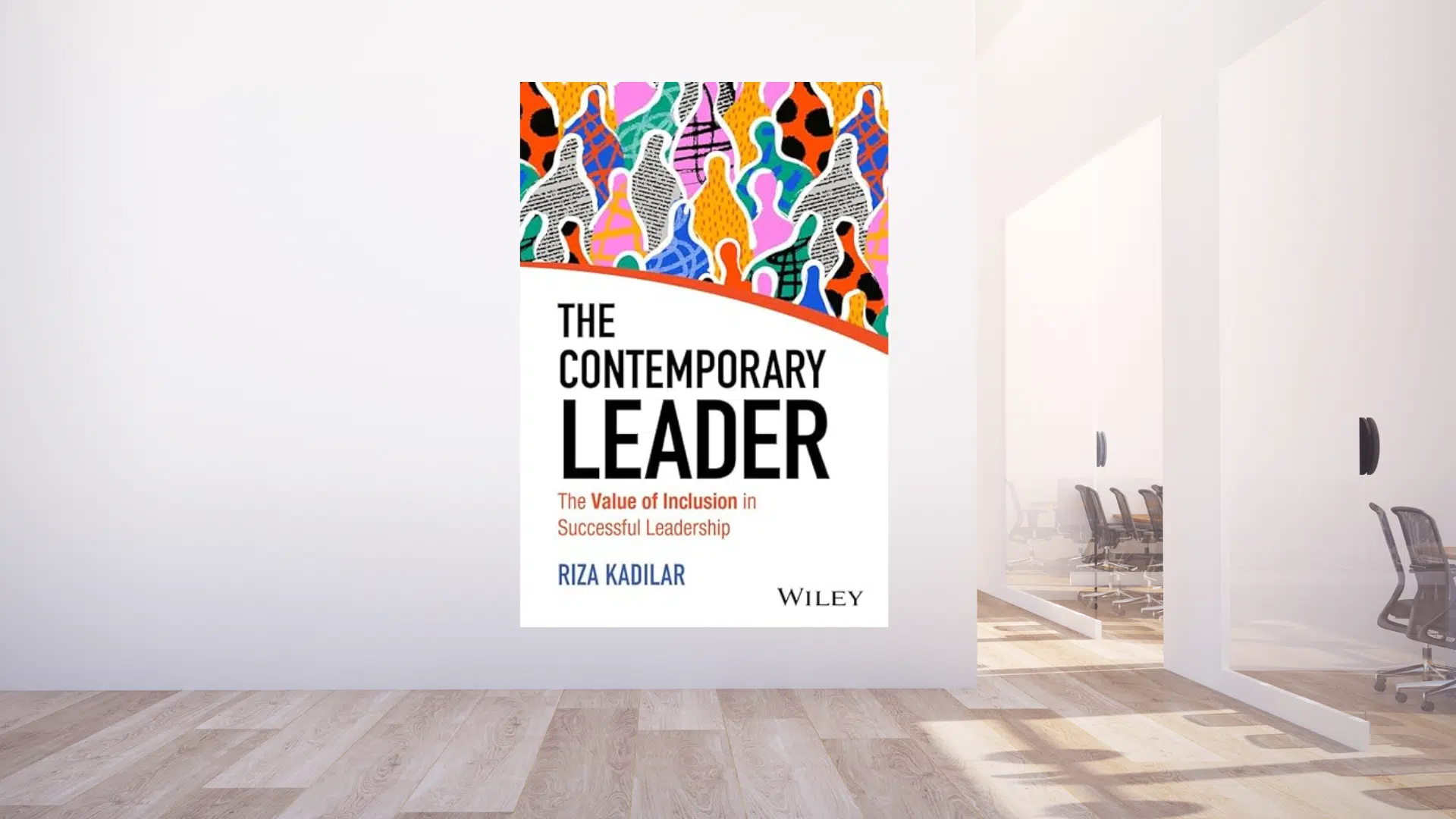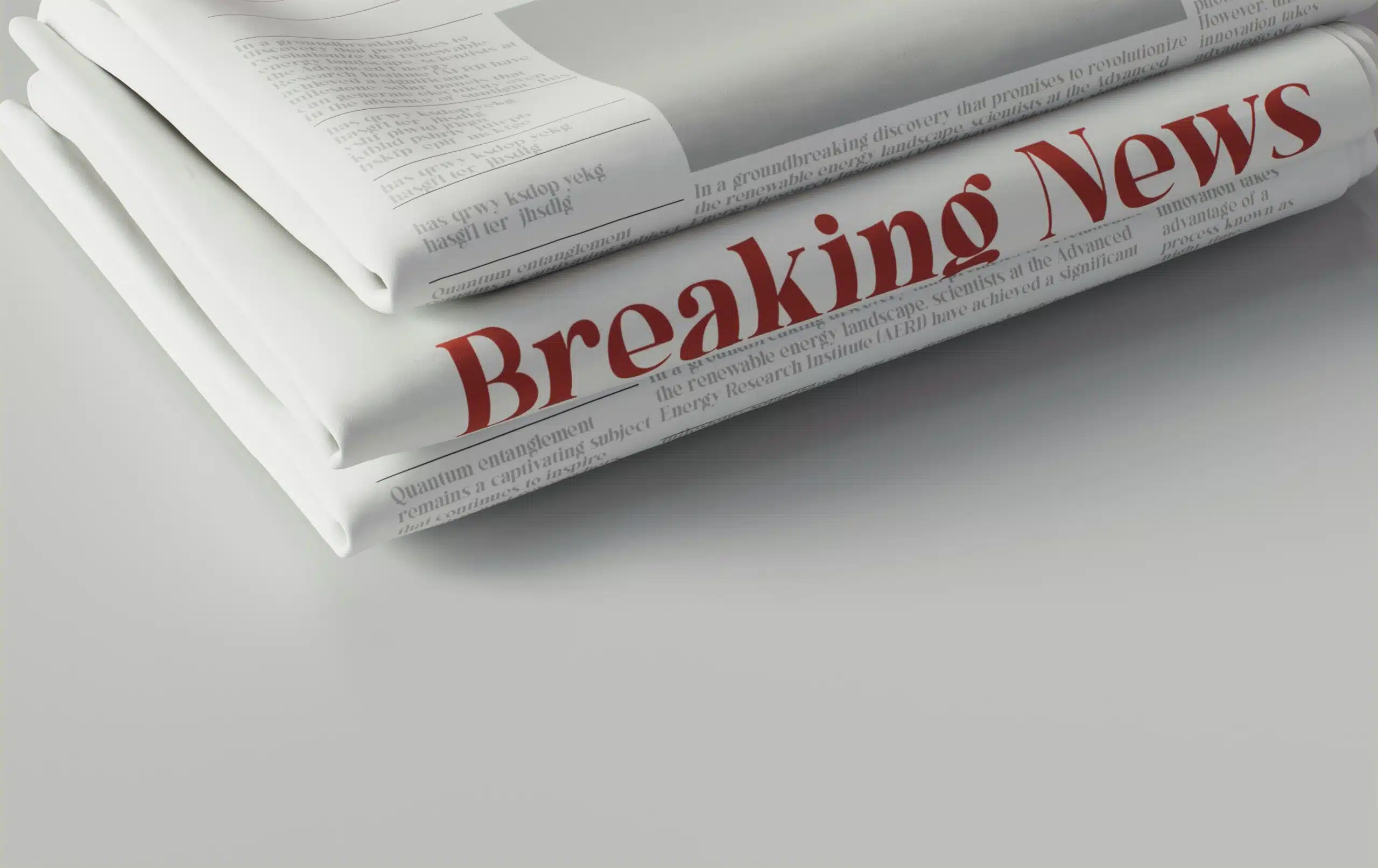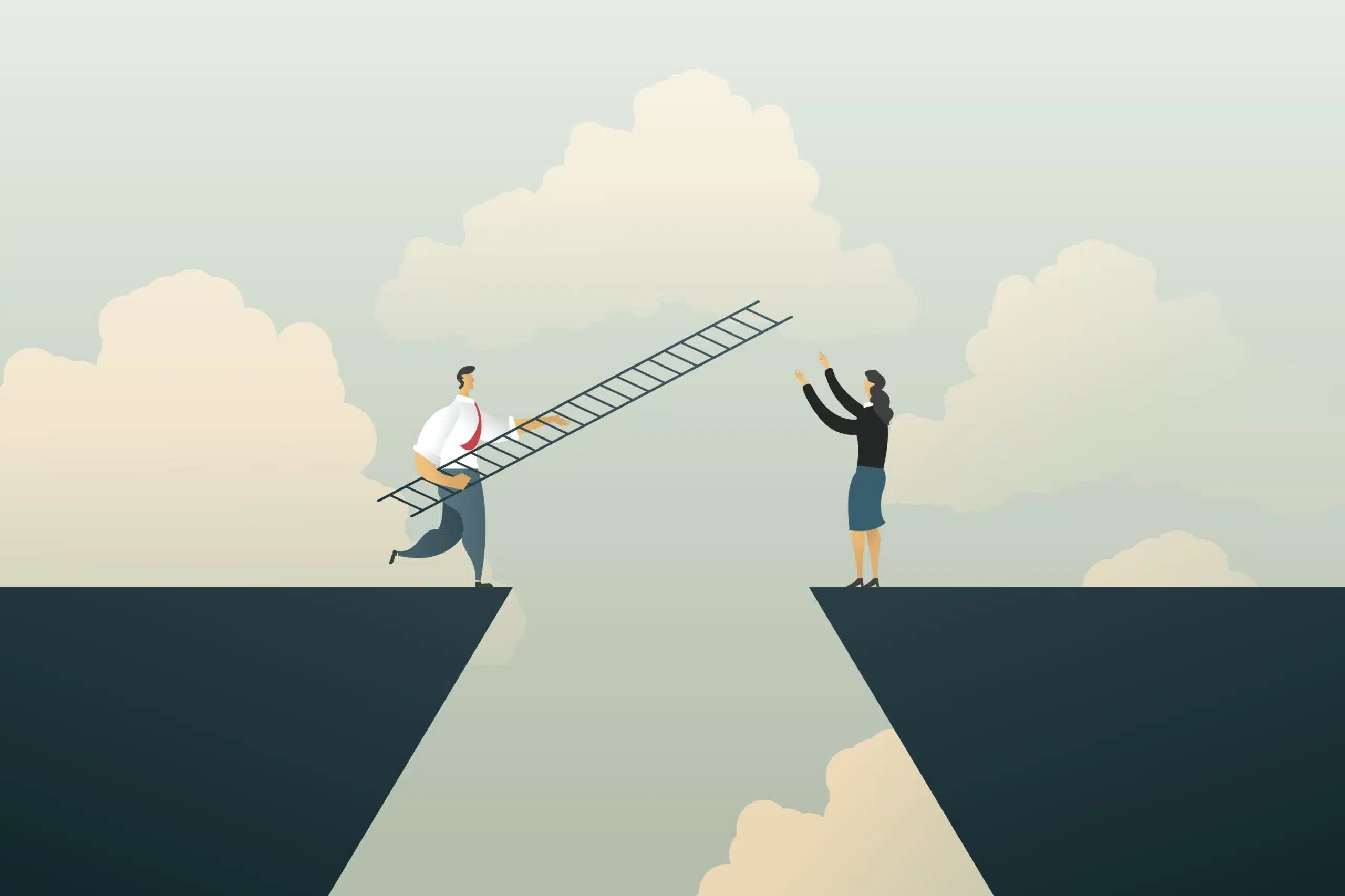
Alleviating the Unconscious Biases that Stand in the Way of Inclusion
Dr. Riza Kadilar is the past president of EMCC Global and contributes to the democratization of learning and development with his online platform, RK Academy. His career, focused on human capital and business development, includes 30 years in senior level bank management in France, the U.K., the Netherlands, and Turkey. He has been a visiting professor at leading universities, is a regular keynote speaker at international conferences, and has authored seven books. His new book is The Contemporary Leader: The Value of Inclusion in Successful Leadership (Wiley, Dec. 9, 2024). .
—
Today’s workplaces need to be resilient and innovative, which means leaders must help create environments where everyone feels included. But before leaders can do that, they have to notice and question their own reactions—especially the instinct to see someone who is different as a potential threat. This begins with honest self-reflection and a willingness to examine their own assumptions.
For many leaders, especially those who have lived or worked in mostly similar environments, it can feel natural to gravitate toward people who look, think, or act like they do. Over time, that can create a “bubble of sameness.” But the familiar patterns that once felt safe can become limiting and even harmful in a changing world. Organizations cannot thrive if leaders only surround themselves with like-minded people or cling to past ways of thinking.
Inclusion means that every person feels valued, seen, safe, and trusted. It allows people to feel like they truly belong and when they do, they perform better. Research consistently shows that inclusive workplaces see more innovation, better decisions, stronger cultures, and better overall results. In other words, inclusion isn’t just “the right thing to do.” It’s a strategic advantage.
Leaders today must take the lead in recognizing and celebrating differences as sources of strength.
A key part of this is understanding unconscious bias. Those automatic assumptions and mental shortcuts we all make without realizing it. These biases shape how we see others and how we make decisions. They can cause us to make inaccurate judgments and act on them as if they were facts. Recognizing that these perceptions are not always true but are shaped by our background and experiences is essential.
We make progress by noticing what and whom we tend to exclude, and by intentionally widening our awareness.
Practical ways to reduce unconscious bias and strengthen inclusion:
1. Expand awareness: Start by acknowledging that everyone has biases. Knowing this helps you slow down and be more thoughtful in your decisions.
2. Evaluate your reactions: Ask yourself whether you might be relying too heavily on familiar beliefs or following the crowd because it feels easier.
3. Look for patterns: Notice recurring tendencies in your thinking. If you often ignore certain perspectives or rely only on intuition, explore why.
4. Practice curiosity: Curiosity encourages you to pause and ask questions rather than assume you already know the answer.
5. Adopt a growth mindset: View mistakes as learning opportunities rather than something to hide or defend.
6. Identify triggers: Notice situations or interactions that make you tense or defensive, and reflect on what underlying beliefs may be influencing your response.
7. Challenge first impressions: Try to consider issues from multiple angles, including perspectives that differ from your own.
8. Seek diverse viewpoints: Invite input and feedback from people with different backgrounds or experiences. They may illuminate blind spots you didn’t know you had.
9. Check untested assumptions: Make an effort to look for information that contradicts your beliefs. It can provide a fuller picture.
10. Practice humility: Stay open to the possibility that you may not have the full story. Being willing to revise your views is a sign of strength, not weakness.
HR must lead the shift away from outdated annual review models. If formal reviews remain, they should be restructured to allow frequent updates. HR should train leaders to coach rather than evaluate and implement simple frameworks that fit naturally into daily management.
Everyone has unconscious biases, but we can all take steps to reduce the impact they have on our relationships and decisions. Doing this helps us build more inclusive leadership practices and that influence extends across our organizations.
By acknowledging and addressing our biases, and by staying open to change, we help create workplaces and communities that are more welcoming, supportive, and capable of growth. In doing so, we contribute to a more inclusive and thriving world.
—
The information contained in this site is provided for informational purposes only, and should not be construed as legal advice on any subject matter.

Advice in Your Inbox
Join our newsletter for free bi-monthly toolkits and downloads on how to hire, support, and retain your best talent.






